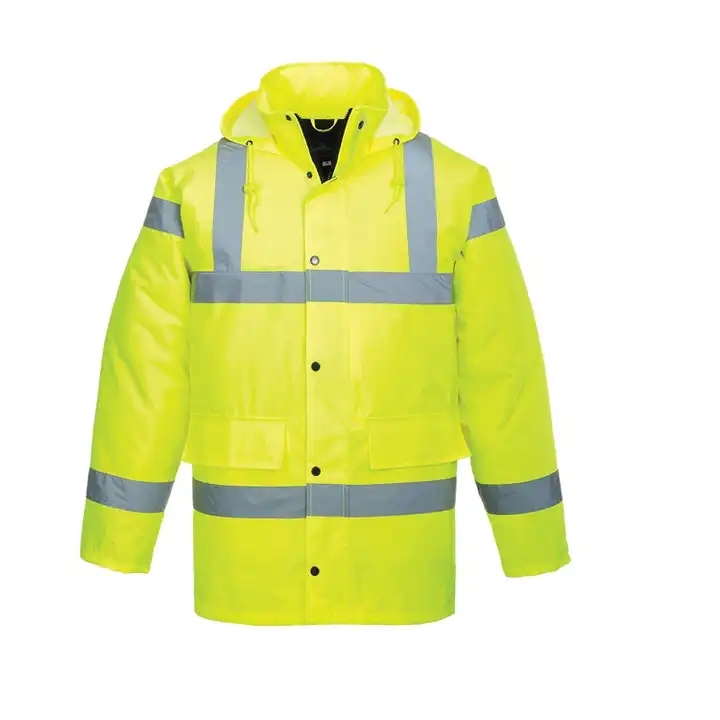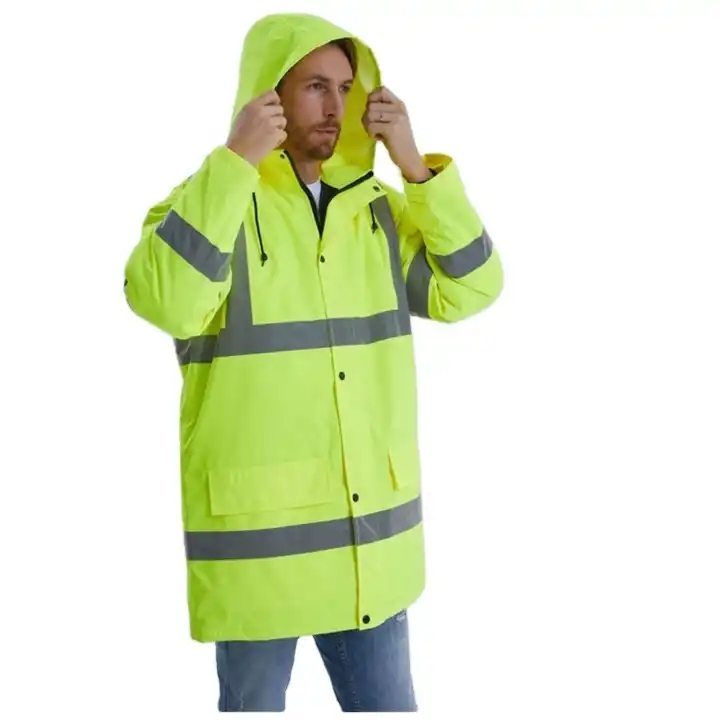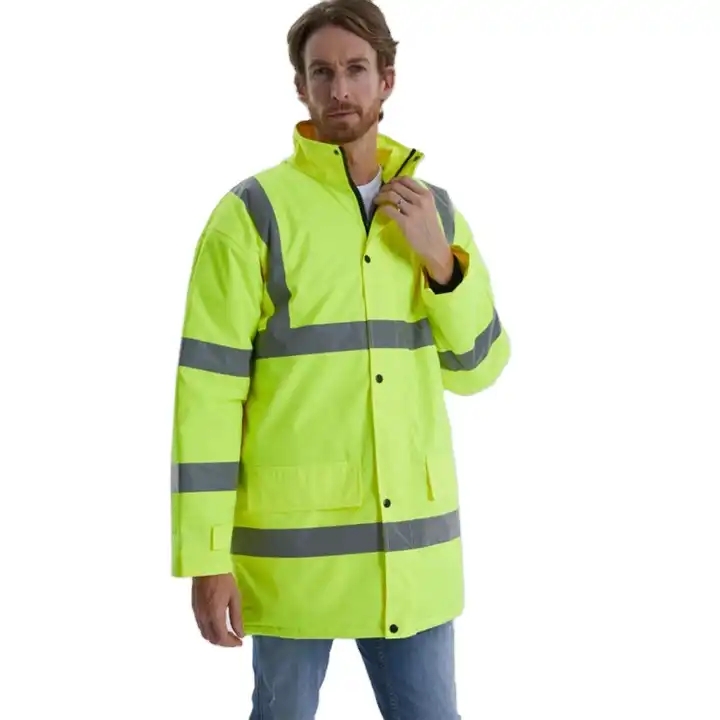When the weather turns stormy, equipping workers with reliable rain workwear becomes paramount. This comprehensive guide dives into the world of rain workwear, highlighting its essential attributes, crucial role in workplace safety, and the importance it holds in ensuring efficiency amidst inclement weather conditions.
Understanding Rain Workwear
Rain workwear comprises specialized attire and gear engineered to withstand rain and moisture. This encompasses raincoats, waterproof trousers, jackets, hats, and boots crafted from innovative materials like Gore-Tex, PVC, or polyester blends. Offering water resistance and prioritizing comfort, these garments enable workers to navigate wet environments while staying dry and agile.
Key Features for Optimal Performance
Critical components that define top-tier rain workwear:
Waterproof Technology: Seek workwear constructed from high-grade waterproof fabrics to effectively repel rain and maintain worker comfort.
Durability and Reliability: Opt for workwear designed to endure harsh weather, preserving quality and protective properties over prolonged use.
Comfort and Mobility: Look for ergonomic designs facilitating ease of movement, enabling workers to execute tasks efficiently and comfortably.
Visibility Enhancements: Some rain workwear incorporates reflective elements for heightened visibility, essential in low-light or hazardous conditions.
Utility Across Industries
Rain workwear is indispensable across diverse sectors:
Construction and Trades: Essential for workers exposed to the elements, offering protection during physically demanding tasks.
Agriculture and Farming: Crucial for farm workers to maintain productivity regardless of inclement weather conditions.
Emergency Services: Vital for responders, ensuring visibility and functionality during adverse weather scenarios.
Outdoor Professions: Essential for professionals in landscaping, utilities, and outdoor services, ensuring safety and efficiency in challenging weather.
Maintenance and Longevity
Ensuring continuous functionality:
Cleaning Guidelines: Adhere to manufacturer-recommended cleaning methods to preserve workwear quality and effectiveness.
Proper Storage: Store workwear in dry environments to prevent damage and maintain water-resistant properties.
Regular Inspection: Periodically assess workwear for wear or damage, promptly repairing or replacing to uphold protective capabilities.
Conclusion
Rain workwear stands as a critical asset across various industries, ensuring worker safety and maintaining productivity despite adverse weather conditions. By investing in high-quality, durable rain workwear, organizations prioritize safety, comfort, and efficiency for their workforce, enabling seamless operations in challenging weather.



